Obviously, I knew about the venomous snakes and spiders, sharks and saltwater crocodiles, and various other poisonous animals that can kill you. Who doesn’t? That’s what everyone thinks of when you mention Australia. Though the reality is that I’ve rarely seen snakes or spiders despite spending more time hiking, camping and canoeing than ever before since I moved to Sydney. I haven’t seen a shark in the wild yet, and saltwater crocodiles live in the tropics. Even though Sydney is home to funnel-web spiders, the deadliest spiders in the world, I’ve never seen them either.
So what I’m going to say first is that: no, Australia is not as full of snakes and spiders as people imagine it from far away. These animals live here, but they usually keep to themselves and just want to be left alone in peace. Living in the Sydney metropolitan area, I don’t see them often.
I knew a lot more obvious things about Sydney before. Like you need sunscreen and a wide-brim hat, because the Australian sun is brutal. Housing in Sydney is expensive. You drive on the left, and you look right first before crossing a road.
And I knew that beginnings are hard, even if you love your new home and are excited to settle down there. But some things came as a surprise. Not necessarily as a shocking surprise, rather I found it surprising that these things are not surprising here at all. That they are part of normal life in Sydney. They are not necessarily very important either, but definitely interesting to me. So let’s see.
7 thing I learned after I moved to Sydney
A 1 km long beach is not long
My “normal” when it comes to beaches were shaped mostly by the size and popularity of beaches in the Mediterranean, mostly in Croatia and Greece where I spent quite a few holidays during my childhood and teenage years. Sydney’s beaches taught me a new normal. A 1 km long beach here is not considered long, just average.
That doesn’t mean all the beaches are very long, especially not the tiny beaches inside Sydney Harbour. But Cronulla Beach from Boat Harbour to South Cronulla is about 5.5 kilometers long. The Narrabeen-Collaroy Beaches in Sydney’s Northern Beaches suburb stretches for about 3.6 km. Manly Beach is ~1.5 km, Mona Vale Beach is ~1 km, Maroubra Beach is also ~1 km, Palm Beach is ~2.3 km and famous Bondi Beach is “only” ~900 meters long. Just to mention a few average Sydney beaches. (Just for the record, average Sydney beaches are beautiful. What happens when exceptional beauty becomes the new average? That should be a topic for a different post.)
And I’ve never seen any beach in Sydney that I’d call crowded. No, my dear Aussie friends, don’t object. I know what you mean, I know that it’s impossible to find parking at Bondi Beach on a summer Sunday, and that beaches of the Eastern suburbs can get quite noisy. But you should visit European beaches in the summer to learn about my sense of a crowded beach, that’s all I can say.
Winter is colder indoors than outdoors
Sydney winter was the coldest I’ve ever experienced. Surprised? I was, too. Most people think Australia is hot all year. First of all, that’s not true, because Australia is very big, and not the entire continent belongs to the tropical climate zone. Sydney has a humid subtropical climate.
With no central heating or double glazing, I found Sydney’s winter colder than the winters I experienced in Europe (Hungary) or in Canada (Vancouver). I’m used to being cold when I’m outside waiting for the bus, and I’m used to wearing heavy winter coats in freezing temperatures outside. But I’m not used to living in 15-18°C indoors. That’s about the temperature in a Sydney apartment in the winter months. More often than not I take a layer off when I go out for a walk on a sunny winter day.
sunny winter day in Royal National Park
Yes, I’m from Europe and European winters are much colder. But European houses have better isolation and central heating.
Weather is a drama queen
Weather in Sydney can quickly change and can be quite dramatic. I know, it’s relative, but this is my impression, grown up in Hungary’s temperate continental climate.
Summer storms arrive with loud thunders and huge blizzards. Rain pours down. Sometimes it thunders for hours before it finally pours down. Wind on the coast can be crazy. Clouds can gather in a few hours, and a cloudy sky can get clear in a few hours. I look out the window in the morning, but that doesn’t necessarily mean anything for the rest of the day.
Sydney is very green
Sydney doesn’t mean the Sydney CBD. If you leave the business district, you can realize that this giant city is full of parks, lush green headlands, rivers, creeks and bays. Huge beaches backed up by greenery. We see lots of green as we take the train home, and the sounds of cockatoos, kookaburras and rainbow lorikeets are part of everyday urban life.
There are more than 15(!) national parks in Sydney and its surroundings
I love cities that blend with nature, and I knew about the famous national parks of Sydney and its metropolitan area, and was eagerly waiting to explore them: Sydney Harbour National Park, Royal National Park and the Blue Mountains National Park. And I expected there’s a few more national parks that I’d get to know once we move here. It turns out there’s a ton!
After spending more than a year in Sydney, I still managed to find a national park last week that I hadn’t noticed before: Heathcote National Park, just south of Sydney. And we took day trips to Lane Cove National Park, Berowra Valley National Park, Ku-ring-gai Chase National Park, Brisbane Waters National Park, Garigal National Park, Bouddi National Park, Kamay Botany Bay National Park, Wollemi National Park, Dharawal National Park, Budderoo National Park, Morton National Park, Wallarah National Park or Wyrrabalong National Park.
No, we didn’t spend all our time taking trips, I promise. But these parks are so close to where we live that one of the weekend days is enough to visit any of them. We watched migrating whales from the coast in Kamay Botany Bay National Park. We went canoeing for an afternoon to Berowra Valley National Park or Garigal National Park. We found wild, untouched beaches in Ku-ring-gai Chase National Park. We chased waterfalls in Morton National Park. Every weekend is an exciting new adventure – and I can’t get bored of it.
Rivers flow in two directions
We bought our first canoe after we moved here, and when we started using it we realized another thing which could have been obvious. But it wasn’t. In the country where I grew up, rivers flow in one direction. If you want an easy paddle, you go with the flow. Sydney’s tidal rivers change their direction according to the tides, approximately every six hours.
And it’s not only the direction of the flow that changes, but also the speed of the current. The fastest current usually occurs during the third and fourth hour after a tidal change.
Oh, and you also need to pay attention when paddling in shallow creeks, because you might get stuck in the mud when low tide comes.
Kangaroo and wallaby are different species
You can’t see kangaroos in the wild near Sydney, but you can see wallabies. They might look the same at first sight, but take a second look. Wallabies are much smaller than kangaroos, and their fur is darker, too. Wallabies prefer bushlands, while kangaroos prefer grasslands, so they rarely meet in the wild.
shy wallaby in the Aussie bush
And you can quite often spot wallabies in Sydney, especially in Ku-ring-gai Chase and Garigal National Park, but also on Dobroyd Head. I saw them at each of these places – and not once!
Overall
Well, overall, I think there’s still a lot that I don’t know. Australia is so different from anything I’ve known before, and that’s part of its magic. Sydney is only a tiny slice of this vast land down under, and I can’t wait to be surprised again and again.

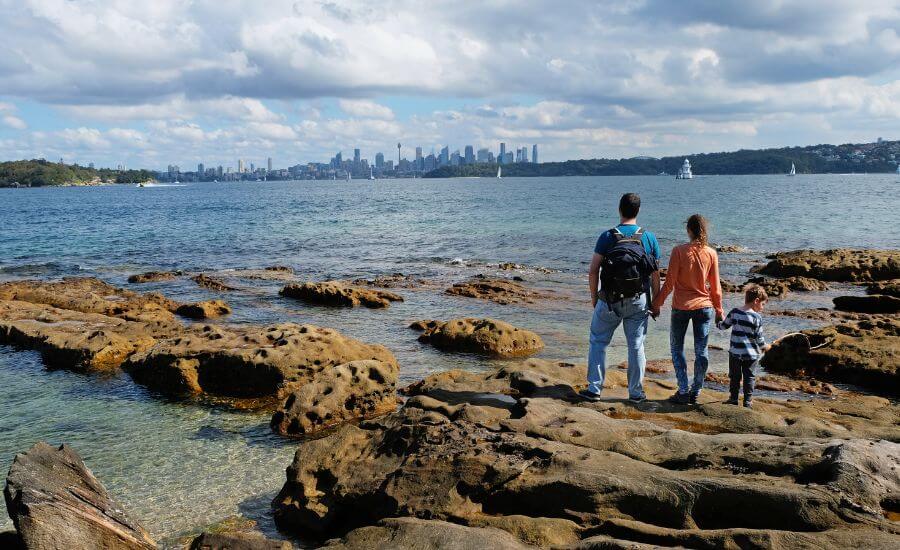

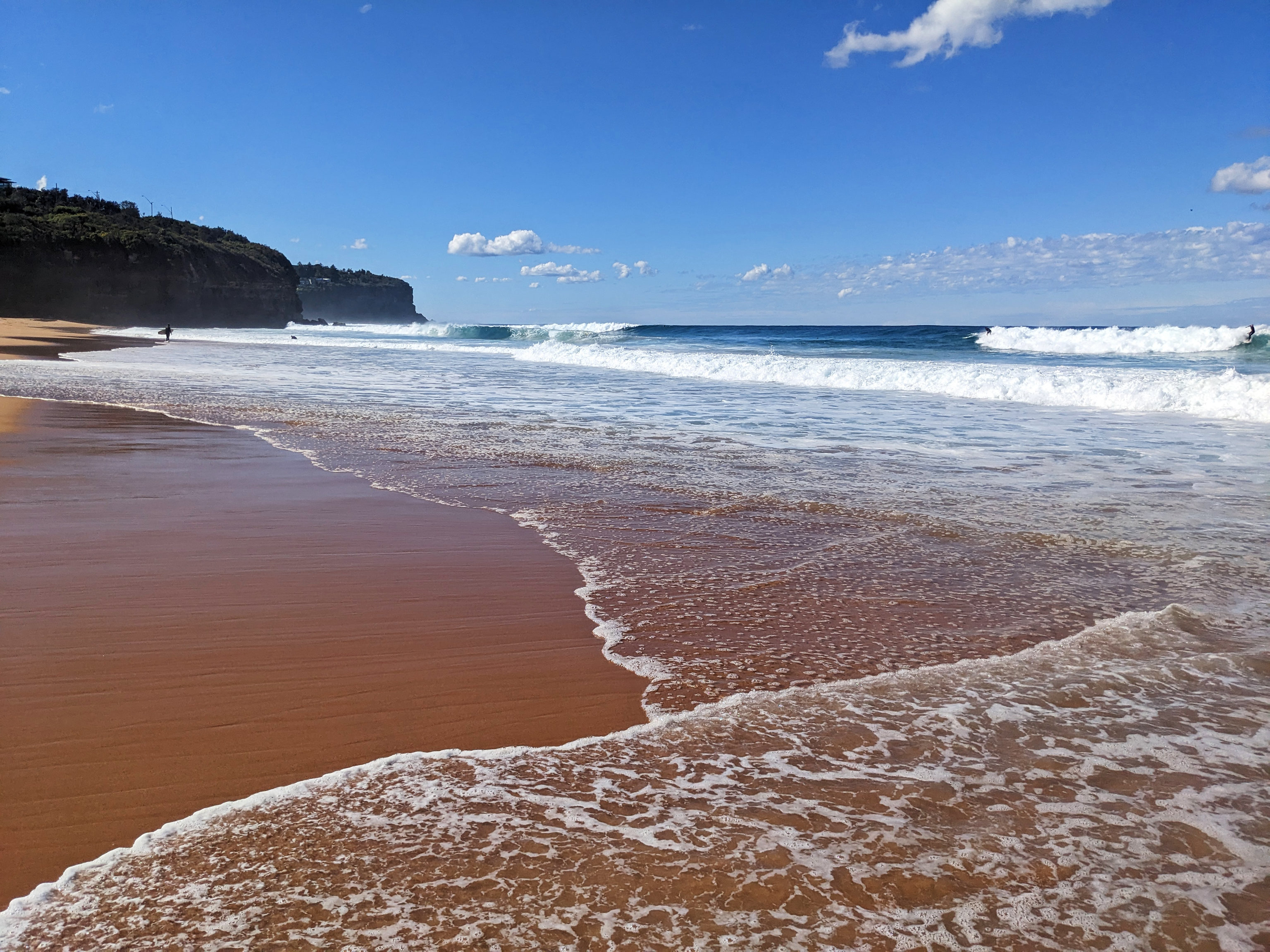



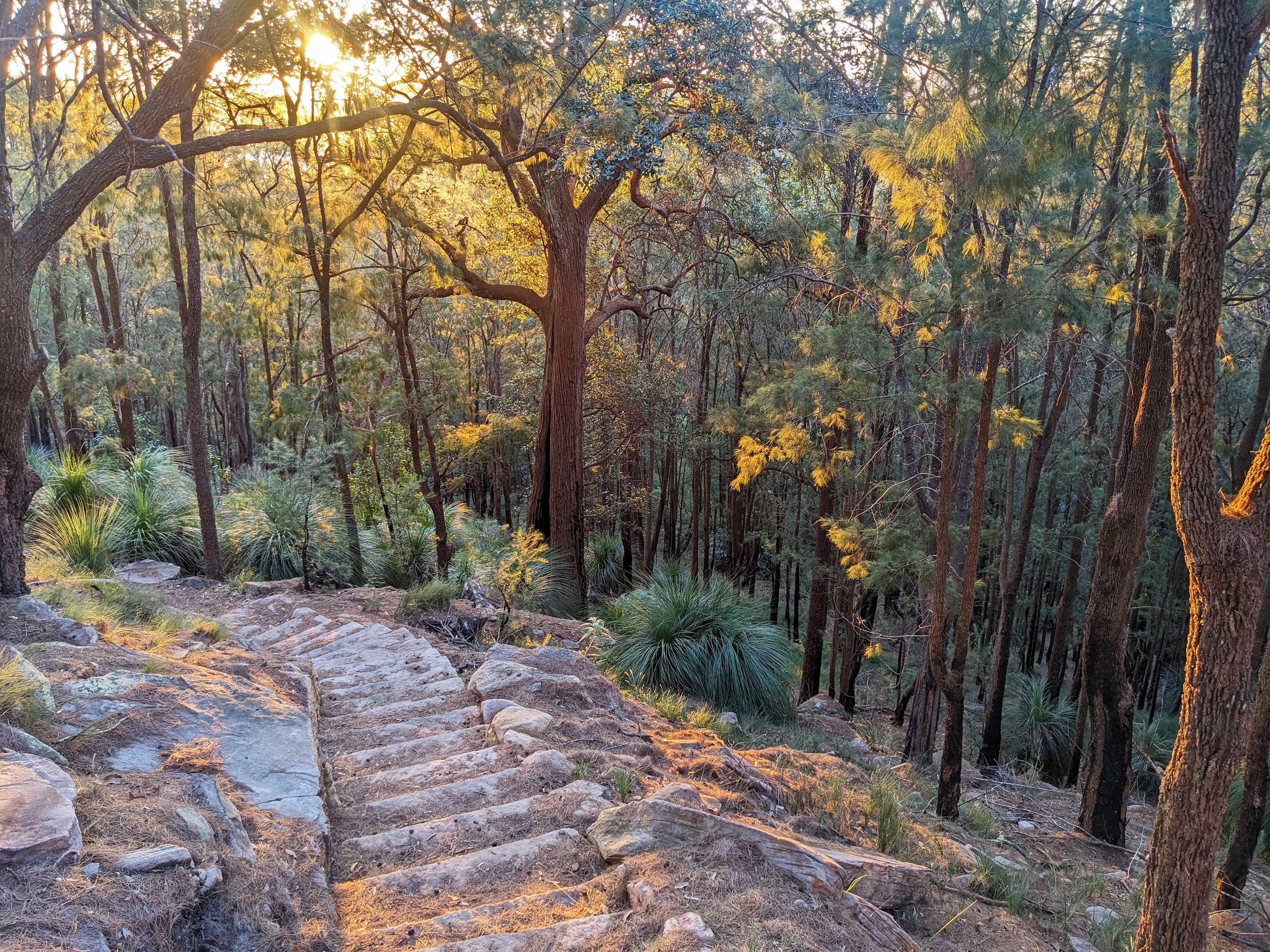
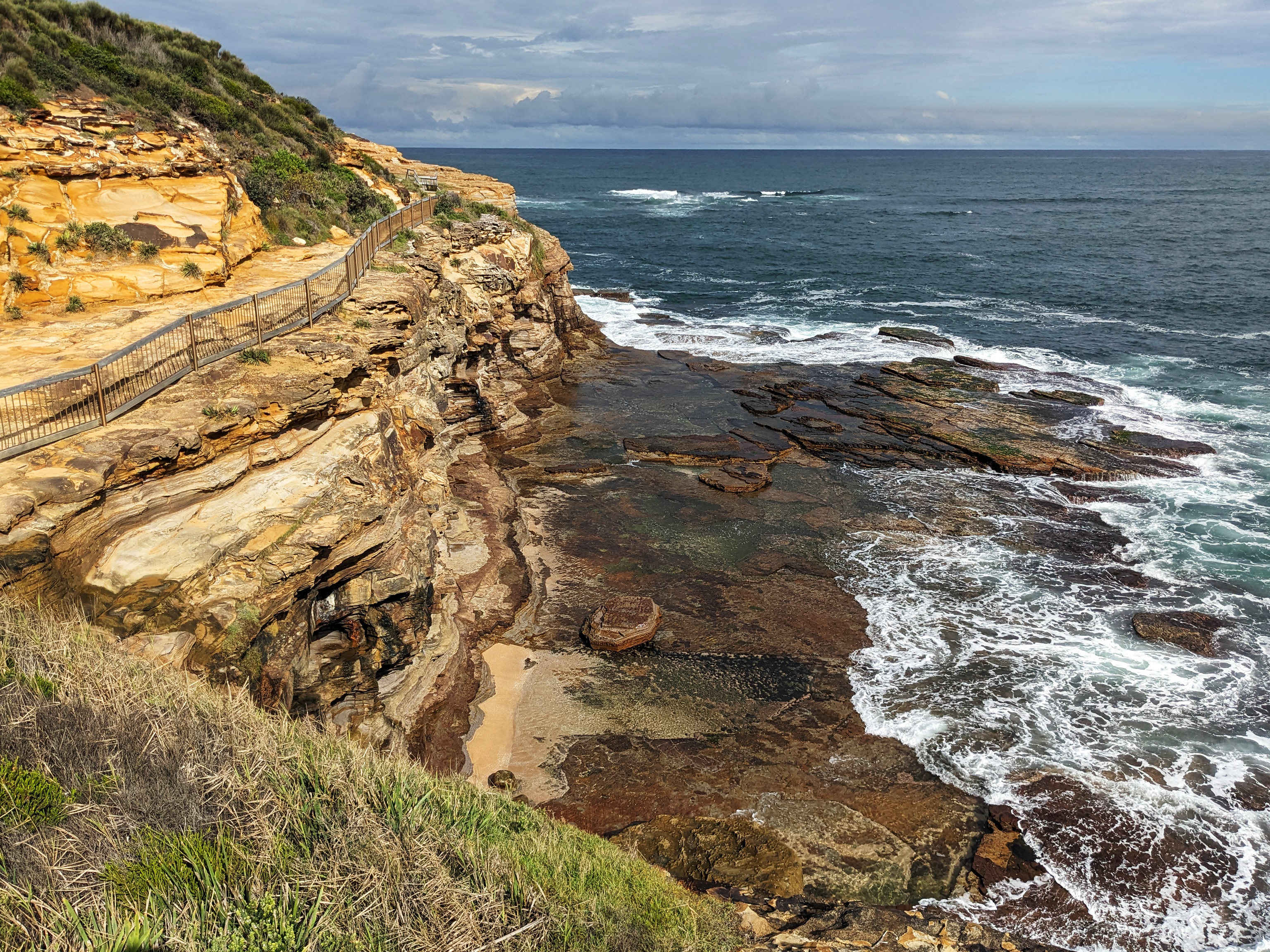

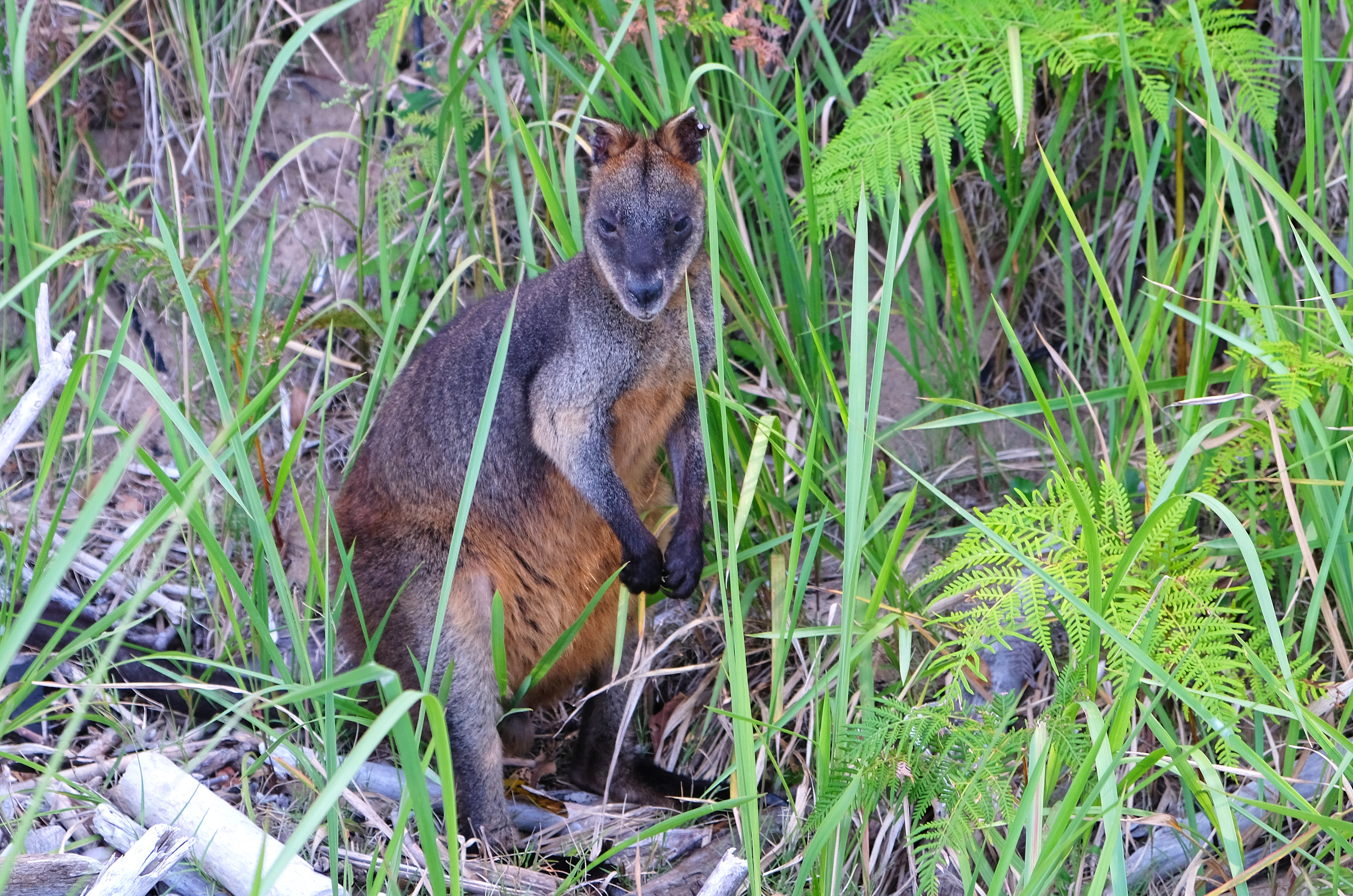

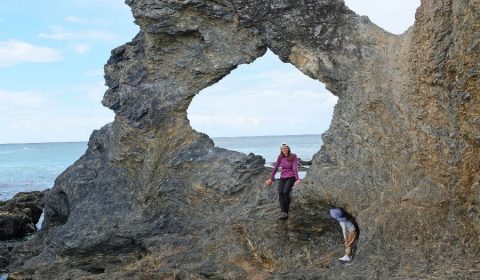
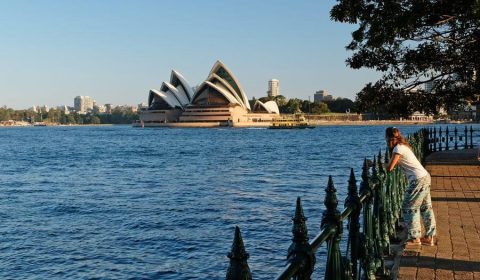
Leave a Reply